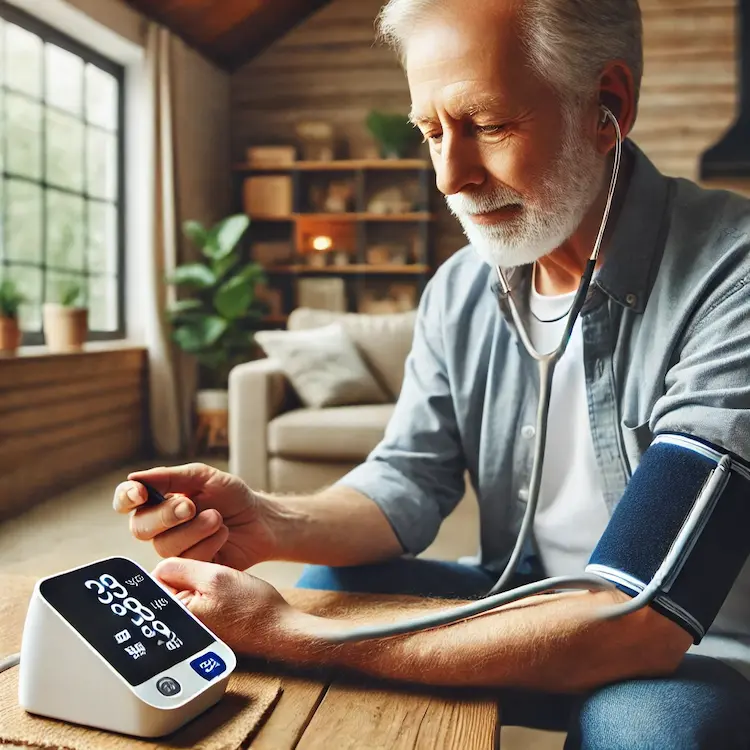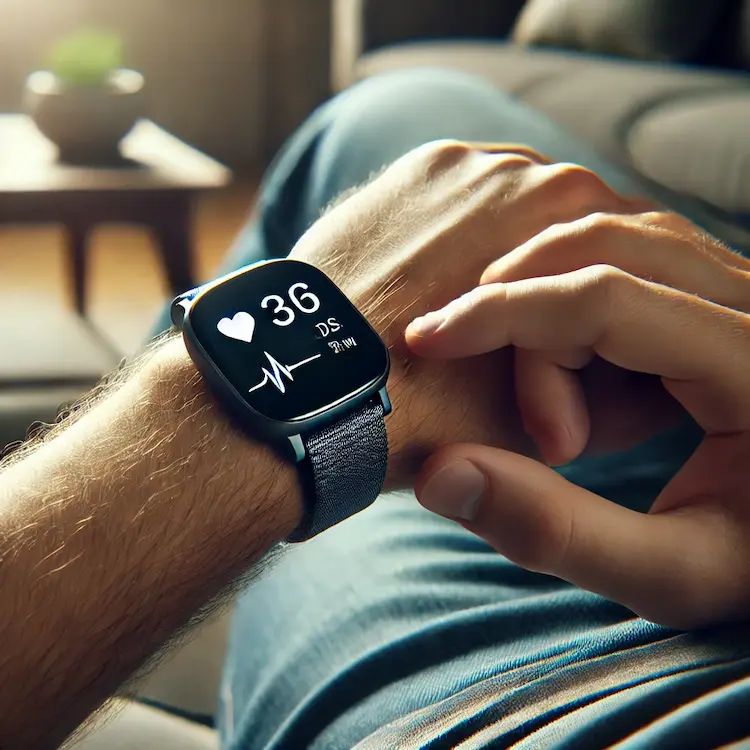Blood pressure monitoring is a critical aspect of healthcare, with accurate and timely measurement being essential for managing various health conditions, especially hypertension. As we advance into the era of Big Data, the landscape of blood pressure monitoring is evolving rapidly. Modern technology, including wearable devices, mobile applications, and health tracking systems, are now empowered with Big Data to provide more comprehensive, real-time, and accurate data. This article will explore the integration of Big Data into blood pressure monitoring, comparing different methods, tools, and approaches, while discussing the societal and health impacts, and providing actionable tips for readers to better understand and manage their blood pressure.
Blood pressure monitoring is an essential tool in diagnosing and managing hypertension, a condition affecting approximately 1.13 billion people worldwide. Hypertension is a major risk factor for heart disease, stroke, and kidney failure. Regular monitoring allows for early detection of abnormal blood pressure levels, enabling timely interventions. With the rise in chronic diseases, especially in aging populations, continuous monitoring has become even more important.
Failing to manage blood pressure can lead to serious health complications:
The burden on healthcare systems is significant due to the high number of patients with uncontrolled blood pressure. The economic cost of treating hypertension-related complications is enormous, and it is estimated that hypertension costs the global economy more than $370 billion annually.

Big Data refers to large volumes of data that are too complex to be processed by traditional data-processing applications. The integration of Big Data into blood pressure monitoring offers several advantages:
With Big Data, healthcare providers can make more informed decisions. Analyzing vast amounts of blood pressure data from different demographics helps researchers identify patterns and causes of hypertension. This can lead to better treatment strategies and more personalized care plans.
Big Data enables seamless integration with electronic health records (EHRs), allowing healthcare providers to track a patient’s history, current blood pressure levels, and treatment responses. This holistic view improves the quality of care and ensures that interventions are tailored to the patient’s needs.
There are several methods to monitor blood pressure, and each comes with its advantages and disadvantages. Here, we will compare traditional methods with newer, Big Data-enhanced tools.
With the advent of telemedicine, patients can now receive remote consultations based on their continuous blood pressure readings. This technology allows for more frequent monitoring without requiring in-person visits.
One of the most significant benefits of Big Data in blood pressure monitoring is its potential to increase accessibility to healthcare. Remote monitoring and telehealth services allow individuals in underserved or rural areas to receive the same quality of care as those in urban centers. Additionally, the use of mobile apps helps democratize healthcare, making it available to a larger population at a lower cost.
Big Data allows patients to be more involved in their own health management. By tracking their blood pressure data, patients can take a proactive approach, discuss trends with their healthcare providers, and make informed decisions about their treatment.
Big Data can assist in public health by identifying trends and risk factors at a population level. By analyzing blood pressure data across different regions and demographics, health organizations can develop targeted interventions to reduce hypertension and its complications.

As more health data is collected and stored digitally, it’s essential to ensure the privacy and security of this information. Choose devices and apps that comply with privacy regulations such as GDPR or HIPAA, and review their privacy policies.
Blood pressure monitoring has entered a new era, powered by Big Data. This evolution is improving the accuracy, accessibility, and effectiveness of hypertension management. By leveraging wearable devices, mobile applications, and telemedicine, we can now track blood pressure in real-time, predict risks, and personalize treatment plans. The integration of Big Data into healthcare promises to revolutionize how we monitor and manage blood pressure, leading to better health outcomes globally.
Key Takeaways: